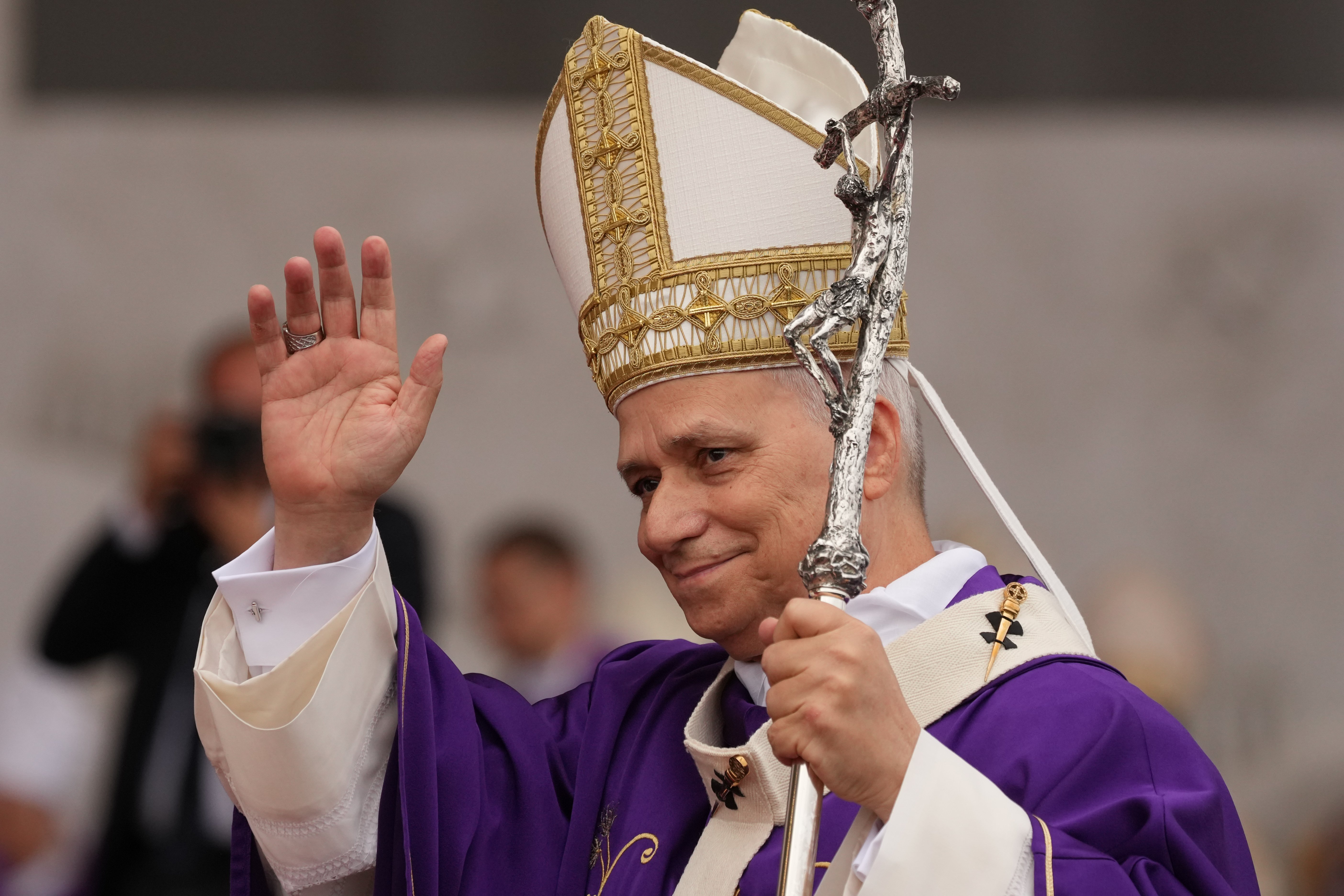April 6, 2018 at 1:53 p.m.
WORD OF FAITH
A cross of resurrection
The only problem we have with today's feast is to surface the actual "sign of the cross" which our celebration commemorates. It's not the symbol which usually pops into our minds when we hear "cross," the symbol which recently has been mandated to be used in our Roman Catholic churches.
Church historians relentlessly remind us that the depiction of Jesus suffering or dead on a crucifix didn't appear in Christianity for at least five centuries or more. (By the time such images came into existence, crucifixions had been abolished in the Roman Empire. No one was still alive who remembered how such executions actually had been carried out.)
Jesus' earliest followers never zeroed in on Jesus' suffering and death as much as we do today. Because they believed we're saved by both his dying and his rising, they created a sign to demonstrate both of those realities at the same time.
The result is what we today call a "crux gemmata," a jeweled cross. In its most common form it consists of the outline of a crucifix, with the body of Jesus replaced by jewels.
The cross symbolizes death; the jewels, resurrection. Teachers who have introduced crux gemmatas to their primary religion classes have told me their students spontaneously started calling them "happy crosses."
That's exactly how the earliest Christians regarded them. They knew even if someone could produce an actual photograph of Jesus on Golgotha at 3 p.m. on Good Friday, that photograph wouldn't be a Christian symbol. It would only depict "part of the story."
Such symbols have been excluded from our Eucharistic celebrations but are at the heart of our readings.
The image of healing conveyed by the seraph serpent mounted on a pole in the Sinai wilderness, which serves today as a logo for medical associations is applied by John's Jesus to His own death and resurrection in our gospel.
The author of Numbers teaches something Christians would later discover: that which brings death can also bring life. John's words are a mantra for all followers of Jesus: "For God so loved the world that he grave his only Son, so that everyone who believes in him might not perish but might have eternal life."
The problem many of us face is that we never get beyond Jesus' death to appreciate the quality of life he offers. That's why Paul's well-known Philippians hymn should be our mind's background music long after today's liturgy is over. "Jesus emptied himself . . . he humbled himself, becoming obedient to the point of death, even death on a cross."
I encourage anyone who is able to spend a few vacation days in Ravenna, Italy, touring its ancient Byzantine churches filled with crux gemmata.
If not, I still encourage you to reflect on what the first Christians believed Jesus of Nazareth was all about - and the sign of the cross which most symbolized that reality in their lives.
[[In-content Ad]]
SOCIAL MEDIA
OSV NEWS
- USCCB president expresses church’s solidarity with Jewish community
- Little Sisters of the Poor again appeal for protection from contraceptive rule
- Pew report reveals why some Americans, including Catholics, leave their childhood faith
- Christmas reminds faithful God can be found in the ordinary, pope says
- Increase in US executions largely driven by Florida, year-end report says
- Belarus’ Catholic Nobel laureate says his freedom is ‘truly a miracle from God’
- Christmas creche, tree are signs of hope, pope says
- Pope condemns ‘antisemitic violence,’ ‘terrorist massacre’ in Sydney
- Hong Kong’s Jimmy Lai convicted in ‘farce’ national security trial
- God wants all people to be saved, pope says at Jubilee of Prisoners







Comments:
You must login to comment.